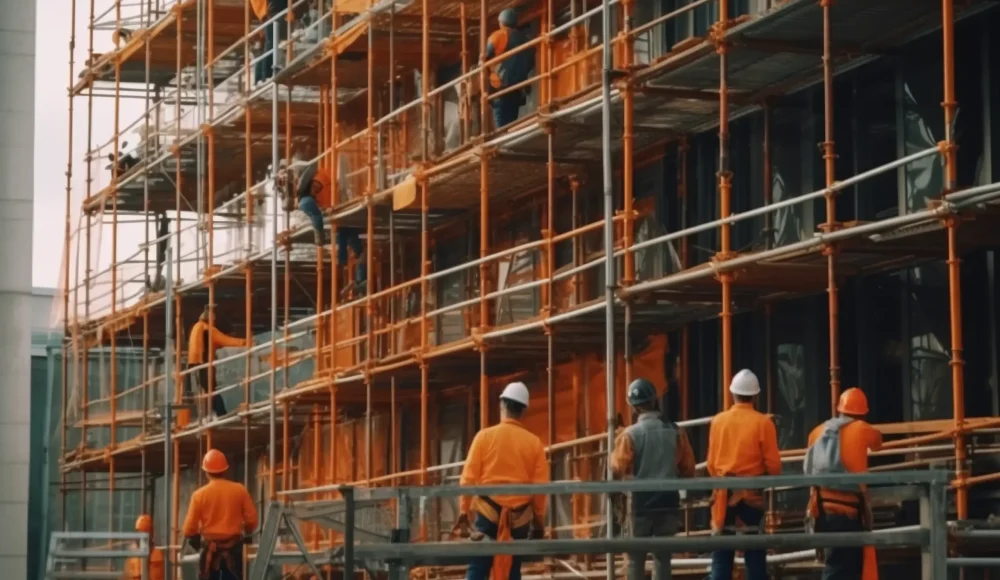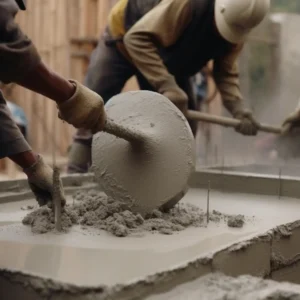The main performance of the kiln is mainly determined by the technical and economic performance of the refractory material, which directly affects the investment cost, working performance, thermal efficiency, operating energy consumption, etc. of the kiln. General principles for selecting refractory insulation materials:
1. Kiln performance and thermal characteristics. For example, kilns that work intermittently should use materials with low heat capacity.
2. The safe use temperature, thermal conductivity system, high temperature strength, and chemical stability of the material.
3. Service life.
4. Investment costs and operation and maintenance costs. Generally speaking, heavy refractory materials focus more on a certain technical performance index, such as high temperature stability, chemical stability, etc.; lightweight insulation materials pay more attention to the comprehensive technical and economic indicators of investment and operation.
When selecting lightweight insulation materials, it is generally determined by the thermal conductivity of the insulation material (λ) and the cost of the insulation material per unit volume (Ρ). The smaller the product value of “λΡ”, the better. A small thermal conductivity value indicates that the insulation material has a good insulation effect and has low energy costs during operation. The low cost per unit volume of insulation materials indicates low investment costs and good investment economic effects. You can use the coordinate diagram method to make a selection. The abscissa is the operating temperature and the ordinate is the (λΡ) product. Use the safe use temperature of the material to intercept the curve of each material and select materials with good technical and economic performance.



